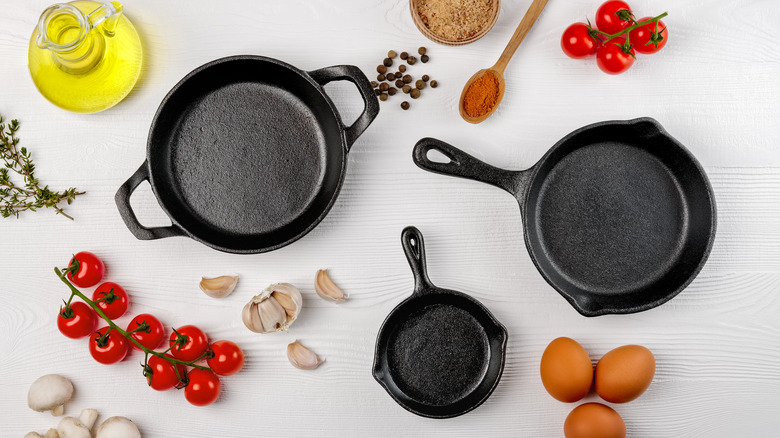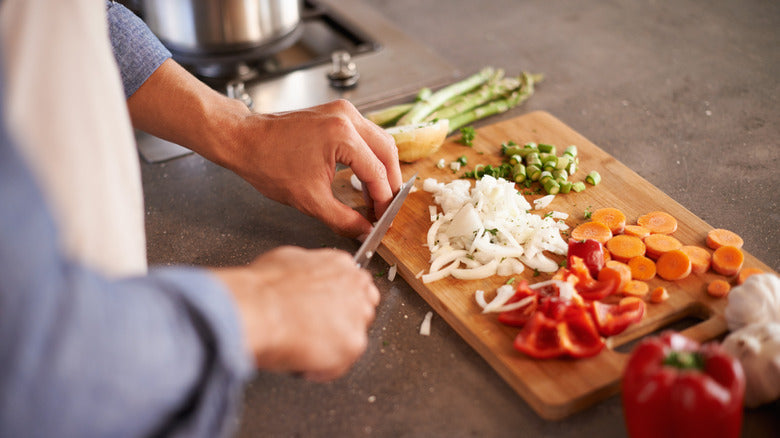Understanding how to season a cast iron skillet with Crisco can transform your culinary experience. Not only does it revive your favorite cooking tool, but it also enhances your dishes flavors. Whether you are a seasoned chef or a home cook, mastering this technique will be an unmissable addition to your kitchen repertoire.
Cast iron skillets are celebrated for their durability and heat retention. Yet, without proper seasoning, they can fade from their glory. Isn't it time you learned the remarkable art of seasoning? Keep reading for the essential steps that will delight your cooking experience!
:max_bytes(150000):strip_icc()/how-to-make-your-favorite-cast-iron-skillet-last-forever-1022-2000-5edb8809448b46e2ac64ad7305aafb3a.jpg)
Understanding the Importance of Seasoning Your Skillet
When it comes to cast iron
skillets, seasoning is the key to ensuring their long-lasting life and functionality. Seasoning creates a non-stick surface, which makes cooking easier and cleaning a breeze. Additionally, it helps prevent rusting, which is crucial for maintaining the integrity of your skillet.
Gathering Your Supplies
Before diving into the process, it is essential to gather all your supplies. You will need:
- A clean, dry cast iron skillet
- Crisco, or any other solid fat
- Paper towels or a clean cloth
- An oven (ideal for the best results)
Step-by-Step Guide to Seasoning
Step 1: Preheat Your Oven
Start by preheating your oven to 350F. This temperature is perfect for melting the Crisco gradually without smoking or burning.
Step 2: Clean the Skillet
Ensure that your skillet is completely clean. If you have never used it before, wash it with warm soapy water and a soft sponge. Afterward, dry it thoroughly.
Step 3: Apply Crisco
Using a paper towel, apply a thin layer of Crisco on the entire surface of the skillet, including the handle and the bottom. Too much grease will result in a sticky surface, so ensure it's a light coat!
Step 4: Bake the Skillet
Place the skillet upside down in the preheated oven. This prevents excess oil from pooling in the bottom. Enhance the process by placing a baking sheet beneath it to catch any drips.
Step 5: Cool Down
Allow your skillet to cool in the oven. This helps the seasoning bond to the cast iron effectively.
Why Choose Crisco for Seasoning?
Crisco has many strengths in the seasoning method, primarily due to its high smoke point. Other oils may begin to smoke, leading to undesirable flavors and a lesser result. Crisco allows for an even coverage without the worry of burning, making it a kitchen favorite.
Maintaining Your Seasoned Skillet
Once you master how to season a cast iron skillet with Crisco, the next step is caring for it. Avoid using harsh detergents. Instead, clean your skillet with hot water and a soft sponge. If food remains stick on, feel free to scrub with baking soda.
After washing, always dry it thoroughly to prevent rust. To maintain the seasoning, consider applying a small amount of Crisco after each use.

FAQs
What is the best oil to use for seasoning?
While many oils work, Crisco is highly recommended due to its high smoke point and easy application.
Can I season a skillets on the stovetop?
Yes! You can heat the skillet on the stove, but using the oven is preferred for an even coating.
How often should I reseason my skillet?
It varies based on usage, but typically every few months is advisable, or when food begins to stick.
For more tips on caring for your cast iron skillet, refer to this cleaning guide.
As an Amazon Associate, I earn from qualifying purchases.






Leave a comment
This site is protected by hCaptcha and the hCaptcha Privacy Policy and Terms of Service apply.